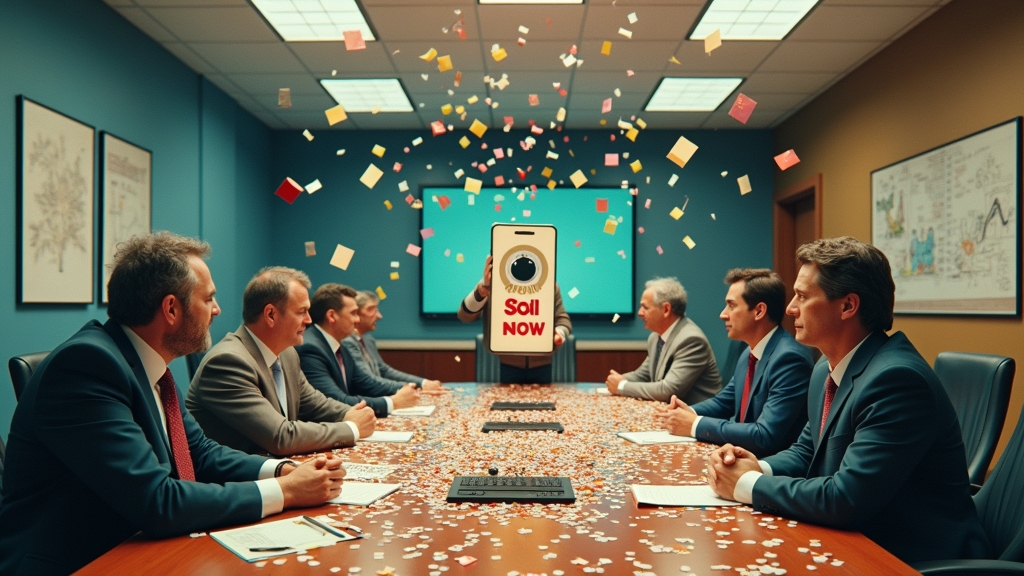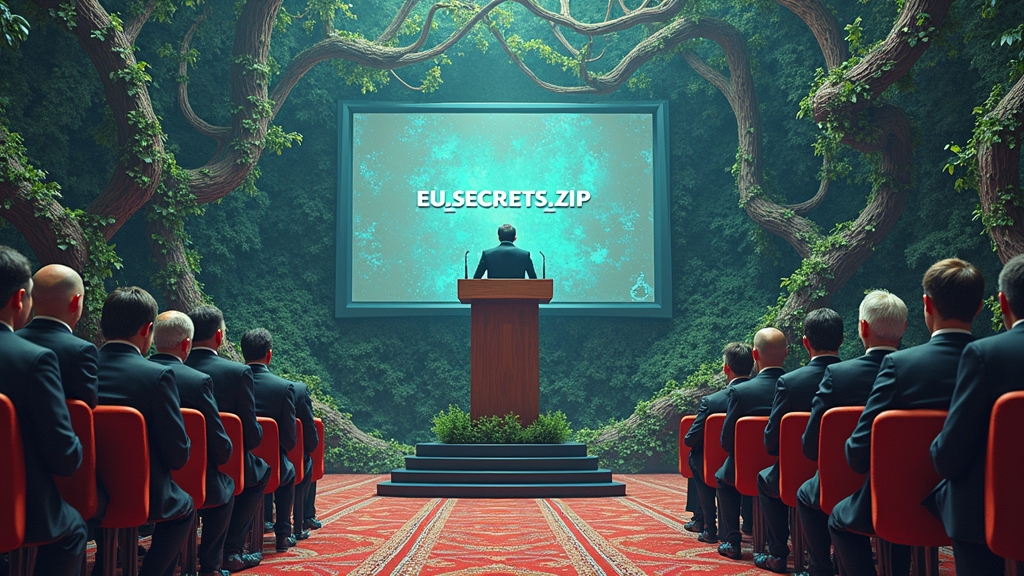Australian Workers Opt for ‘Convenient Chaos’: Password ‘1234’ Now Employee of the Month
In a shocking but completely predictable turn of events, Australian employees have decided once again that adhering to cyber security policies is just too damn inconvenient. In a moment of collective genius, convenience has taken over as the true champion of the workplace, and those pesky security protocols? Well, they’ve been updated to the default trash bin, alongside last year’s holiday party photos.
The groundbreaking research by CyberArk, which sounds suspiciously like a flop band at a forgotten ’80s music festival, indicates that employees are gravitating towards the ease of simply typing “password” as their password. Apparently, the true path to innovation lies in using the same, easily hackable credentials across every platform, thus safeguarding company data with the digital equivalent of a sign saying “Welcome, hackers!”
“Listen, I don’t have time to remember a zillion different passwords,” said Karen Clicker, a local office manager who famously wrote her password on a sticky note and then lost it on her chaotic desk, sparking a department-wide manhunt for her login. “That’s why I just recycle the one I use for everything — from my work email to my Netflix account. It’s basically a life hack!” Indeed, Karen. We bow to your minimal-effort-max-risk lifestyle.
The report highlights that Australian employees are also embracing the modern art of multitasking by logging into unsecured systems while slurping down flat whites at the local café. Bill Hacked, a cyber security expert who might or might not be the super villain emerging from this incompetence, quipped, “Given the choice between a secure network and WiFi called ‘FreeCoffee123’, it’s obvious which one they’ll pick. Nothing tastes better than free data leaks, apparently.”
Employers, quickly catching on to the soaring trend of convenient chaos, are reportedly incorporating password management training into their list of break-room activities, right between guessing the color of Denise’s mysterious sandwich and memorizing the exact framing of Steve’s toilet selfies. Sources claim workshops like “Password123 Is Not a Safe Choice… Or Is It?” and “Button Clicking 101: The Long Road to Digital Literacy” are gaining unprecedented popularity.
At the frontier of this technological renaissance, many Australian employees are eager to test how far shortcuts can take them into the matrix of oblivion. Meanwhile, the tech industry is thrilled to witness the new heights — or perhaps depths — of human behavior, and as an added twist, are contemplating reality shows featuring these cyber antics to boost their ad revenue.
As the digital landscape trembles under the weight of complacency and carefree convenience, one thing is clear: in the epic battle between security and laziness, laziness has come out, with chocolate crumbs on its shirt and a triumphant selfie, as the undefeated champion.





